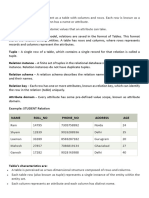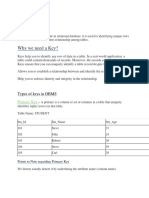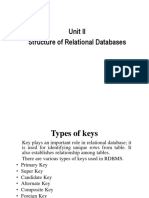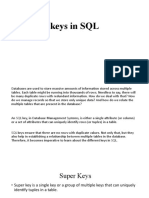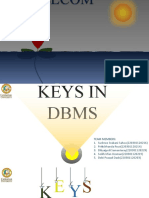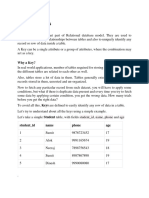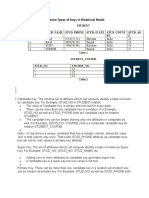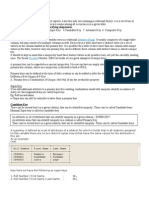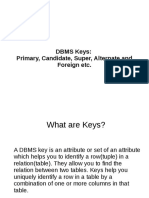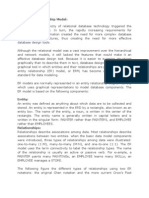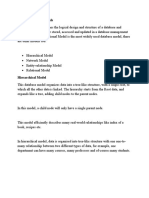0% found this document useful (0 votes)
168 views13 pagesKeys SQL
pdf for studying keys in sql
Uploaded by
sahoosandeep544Copyright
© © All Rights Reserved
We take content rights seriously. If you suspect this is your content, claim it here.
Available Formats
Download as PDF, TXT or read online on Scribd
0% found this document useful (0 votes)
168 views13 pagesKeys SQL
pdf for studying keys in sql
Uploaded by
sahoosandeep544Copyright
© © All Rights Reserved
We take content rights seriously. If you suspect this is your content, claim it here.
Available Formats
Download as PDF, TXT or read online on Scribd
/ 13





